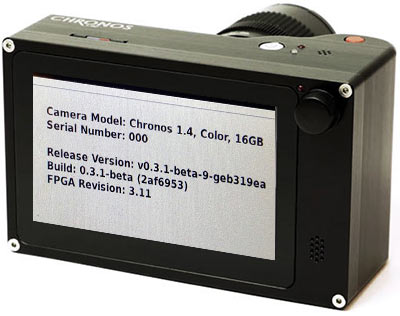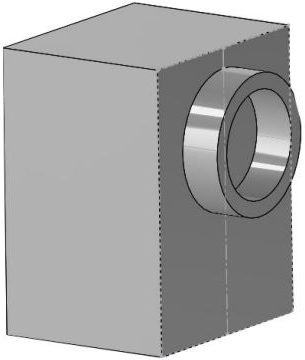Tag Archives: DNG
Terra 4k Firmware Update Allows 320fps 2k!
#4K 160fps and 2K 320fps! #TERRA4K boosts frame rate from 4K 100fps to 4K 160fps, 2K 240fps to 2K 320fps by new firmware...
Posted by Kinefinity Inc. on Saturday, April 6, 2019
Chronos 1.4 Firmware 0.3.1 b9 Unleashes New Features!
 The Chronos 1.4c team based in B.C. Canada has been hard at work unleashing the features of the camera hardware and adding software features that should make the camera more valuable to video professionals everywhere. The new firmware adds HDMI live mirroring support for monitoring which … Continue Reading ››
The Chronos 1.4c team based in B.C. Canada has been hard at work unleashing the features of the camera hardware and adding software features that should make the camera more valuable to video professionals everywhere. The new firmware adds HDMI live mirroring support for monitoring which … Continue Reading ›› Chronos 1.4 New Firmware Improves h.264 Image Quality!
CHRONOS 1.4 SOFTWARE V0.3 RC2 Released!
FRAN Camera by CINEMARTIN Promises 8k and High Frame Rates!
 The newly announced CINEMARTIN FRAN 8K Camera claims some huge numbers in terms of resolution and performance. Up to 8K (8000x6000) RAW / Uncompressed 12 Bit video capture at 24fps and up to 96fps in 2k & 1080p for high frame rates but more on that later in this post. There … Continue Reading ››
The newly announced CINEMARTIN FRAN 8K Camera claims some huge numbers in terms of resolution and performance. Up to 8K (8000x6000) RAW / Uncompressed 12 Bit video capture at 24fps and up to 96fps in 2k & 1080p for high frame rates but more on that later in this post. There … Continue Reading ›› 